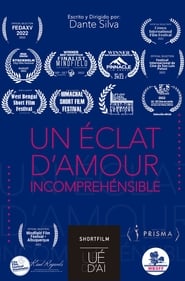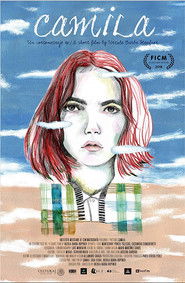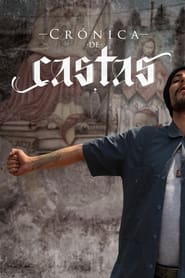detail profile mar c3 ada in c3 a9s pintado
Peran Yang Di Mainkan María Inés Pintado
 One morning Aym suffers the abandonment...
One morning Aym suffers the abandonment...An Incomprehensible Burst of Love 2022
One morning Aymé suffers the abandonment of her partner. That same day, she decides to meet again with Laura, her best friend, whom she has not seen during the years of their relationship. After letting off steam with Laura over coffee, they both go out that night to try to have fun. Aymé does not imagine that despite her pain that night she will discover something indescribable and that she had never felt before. The next day Aymé feels in her solitude, a glow of incomprehensible love.
 Twelveyearold Camila is going through a...
Twelveyearold Camila is going through a...Camila 2018
Twelve-year-old Camila is going through a difficult time. An introverted girl who seldom interacts with her classmates, she finds refuge in art in general and her sketchbook in particular. She is sad, and her inability to explain her sadness will greatly unsettle the adults around her
 Dramatized series that shows a mosaic...
Dramatized series that shows a mosaic...Castle Chronicle 2014
Dramatized series that shows a mosaic of stories, which run in parallel and sometimes intertwine, around Tepito and its identity as a neighborhood, revealing the social prejudices that manifest themselves in classism and racism, as part of a historical reality in Mexico.
 Chelo is an architect withdrawing from...
Chelo is an architect withdrawing from...Love, Pain and Vice Versa 2008
Chelo is an architect, withdrawing from her social life because of realistic dreams she's having of a romance with a strange man. She's convinced the man is real, out there, destined to be with her. She reports a rape to the police, describing the man of her dreams to a sketch artist. The police find a suspect: he's Marcos, a physician. Chelo tells the police this is not the man who raped her, but now she has Marcos in her sights. Her plan for him to fall in love with her is complicated by his having a fiancée. What can Chelo do? Meanwhile, Marcos has violent dreams about an unfamiliar woman. Chronologies overlap, glass breaks. Can a mind lie to itself?

 When a young diplomat manages to...
When a young diplomat manages to...